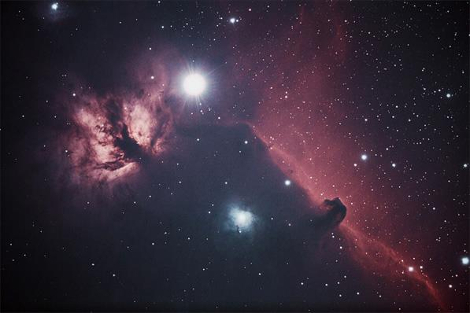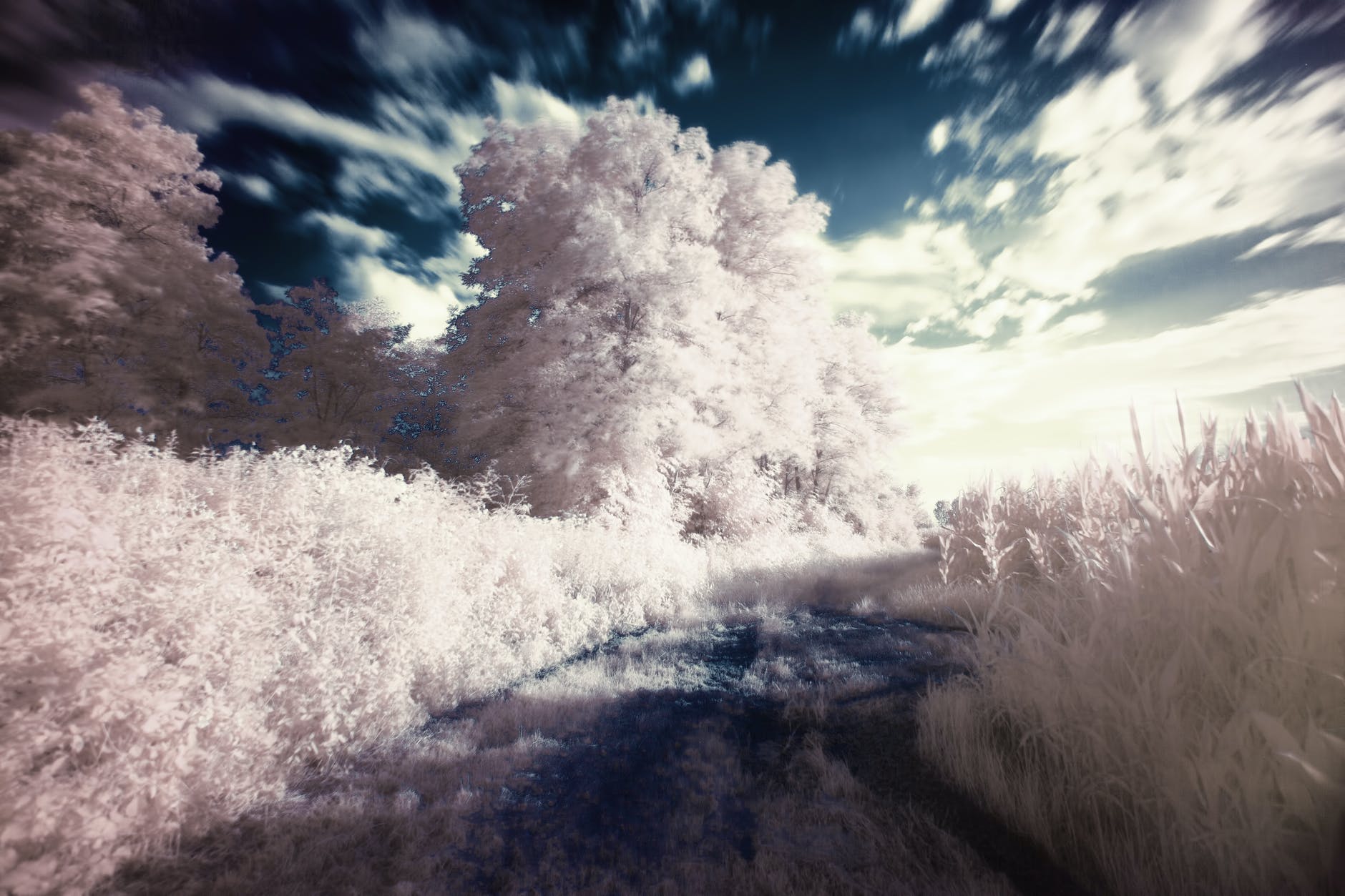The Canon Standard Filter Set Since the introduction of the Canon 450D and the Canon 1000D, Canon have used a standard filter set in all of their cameras. The main components of this set can be seen in the image on the right. The four components are:
The Outer Filter Retaining Spring (top left) The retaining spring attaches to the plastic filter mounting frame and holds the outer of the two filters in place.
The Anti-aliasing/ UV/IR Cut filter (top right) This filter cuts UV and IR light and is also anti-aliasing (removes odd effects when shooting patterned surfaces). For an astrophotography mod, this filter normally stays in place and blocks >97% of UV and IR light. This filter sometimes has an integral piezo-vibrator which is used to shake small particles of dust from the filter when the camera is switched off and on (this feature is not included with the base model dSLRs, the 1000D, 1100D, 1200D and 1300D)
The UV/IR Cut and Colour Correcting filter (bottom left) This filter also cuts UV and IR but crucially also adapts the sensor to work in normal daylight conditions by vastly reducing the camera sensor's response to red light. In the Hydrogen Alpha band, this reduces the amount of light allowed through to approximately 25%. For astrophotography, this filter is removed to increase sensitivity to Hydrogen Alpha to around 97%.
The Sensor (bottom right) A large CMOS type sensor encased in a steel body, supported by a heavy steel frame and covered by an SiO2 (quartz) coated plain glass heavy cover slip. The sensor is well protected and the quartz covered surface can be carefully cleaned if it is exposed (as in a full spectrum mod), though any damage to this surface will result in the need to replace the whole sensor, so it should only be done with extreme care using the correct materials.
|







